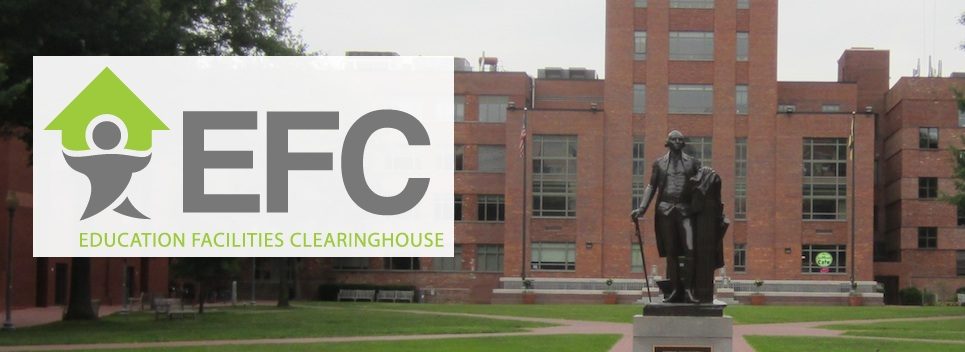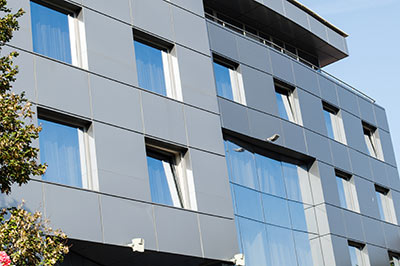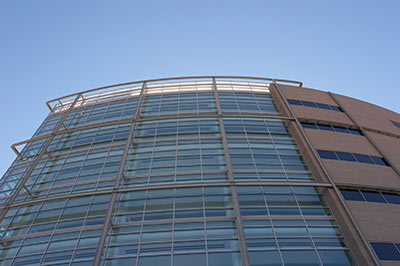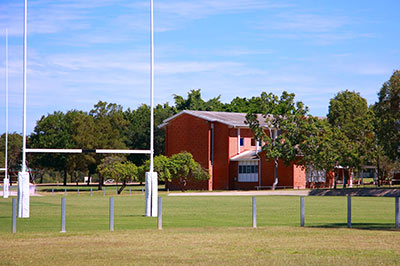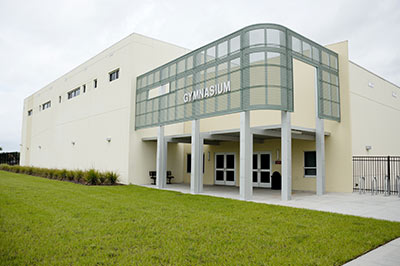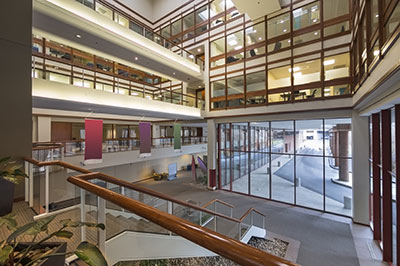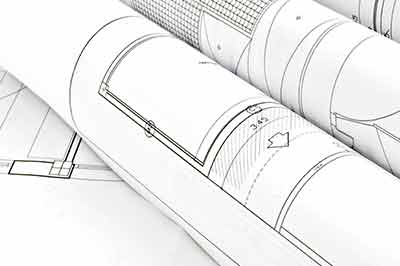Saiz, Kennedy, Bass, and Pressnail, 2006
Life cycle assessment (LCA) is used to evaluate the benefits, primarily from reduced energy consumption, resulting from the addition of a green roof to an eight story residential building in Madrid. Building energy use is simulated and a bottom-up LCA is conducted assuming a 50 year building life. The key property of a green roof is its low solar absorptance, which causes lower surface temperature, thereby reducing the heat flux through the roof. Savings in annual energy use are just over 1%, but summer cooling load is reduced by over 6% and reductions in peak hour cooling load in the upper floors reach 25%. By replacing the common flat roof with a green roof, environmental impacts are reduced by between 1.0 and 5.3%. Similar reductions might be achieved by using a white roof with additional insulation for winter, but more substantial reductions are achieved if common use of green roofs leads to reductions in the urban heat island.
